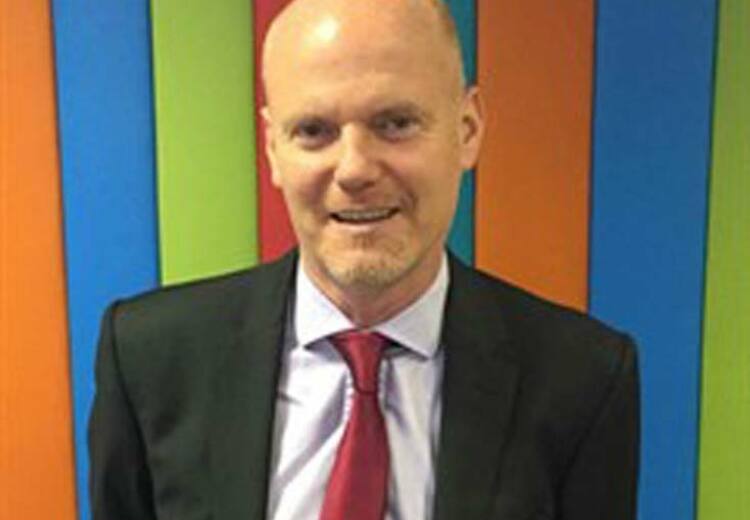Current account customers may not want to pay for their accounts, but the free banking model is unsustainable and may increase the likelihood of mis-selling in the future, according to PwC’s latest report, There’s no such thing as a free lunch: Why fees are the future for current accounts, published earlier this week.
The report, based on analysis of a UK survey of over 2,000 people, reveals that while a clear majority (66%) are aware of hidden current account charges, one in two customers would be likely to change bank if an upfront fee is introduced instead. Additionally, nearly two thirds (62%) of customers say they are not prepared to pay anything upfront for their current accounts and 27% would not pay more than ?10 a month.
Ian Clague, banking leader at PwC Isle of Man, commented:
‘Compared to other countries, the UK and the Isle of Man are anomalies with the “free banking” model that they’ve adopted for personal current accounts. In other countries, customers expect to pay directly for current accounts in some way, such as ATM charges and monthly fees. As many of us know, Isle of Man current accounts are not free at all and are paid for through overdraft charges, penalty fees and uncompetitive or zero rates of interest.
‘The irony is that most customers understand the unspoken bargain operating here and prefer it to paying an upfront fee. However, the free current account results in some customers being served at a loss to the bank. A more sustainable approach is that customers are asked to pay a fair price in return for reasonable services, which would reduce the risk of banks seeking to recover these costs by selling other products and services that the customer may not want or need. We can trace the history of this problem through the various mis-selling scandals in the industry over the last decade.
‘The free banking model stifles innovation and competition in the current account market. It requires new challenger banks to achieve scale very quickly if they are to survive and it fails to reward banks that come up with new ideas as costs cannot be recovered.’
Table 1 reveals that there is demand for many of the features which are or could be offered as part of a fee paying or packaged current account.
Table 1: What services customers want from a paid-for current account
If you had a current account you had to pay for, which services would you most want included?
Cash back on household bill payments 44%
Free overdraft facilities 38%
A higher fixed rate of interest for the life of the account 38%
Travel insurance 24%
Motor breakdown cover 23%
Commission free cash withdrawals overseas 21%
Mobile insurance 16%
None of these or don’t know 19%
Preferential discount rates on retail or entertainment spending 14%
However, Table 2 reveals problems with the idea that packaged accounts might offer the industry a way to move away from the free banking model - the amount people are willing to pay is less than the cost of packaged accounts.
Table 2: What customers will pay for banking
How much would you be willing to pay up front for your current account?
Nothing at all 62%
Less than ?5 a month 17%
Between ?5 and ?10 a month 10%
Between ?10 and ?20 a month 5%
Between ?20 and ?40 a month 1%
More than ?40 a month 0%
Don’t know 5%
Is there a solution?
Ian Clague, banking leader at PwC Isle of Man, concluded:
‘This issue goes to the heart of the matter of trust. Banks and their customers should be expected to enter into a fair bargain for these services. We should expect banks to get a reasonable, but not excessive, return for offering a good and essential service in a consistent manner. The banking industry needs to move towards a more transparent way of charging.
‘In the short term, it is difficult to see how an individual bank would remove its free banking product – the risk of being left on its own would expose them to the high risk of losing customers and business.
‘Better transparency between service, costs and fees can only help to address the trust challenge, and the most likely outcome is the gradual decline of the free-if-in-credit bank account model. Packaged accounts may gain some ground, but there will also be a move towards tiered pricing and the retention of a very basic free product. We are also likely to see innovative new digital models that challenge the current account approach which may come from technology companies, mobile providers, payments companies or a combination of these.’








